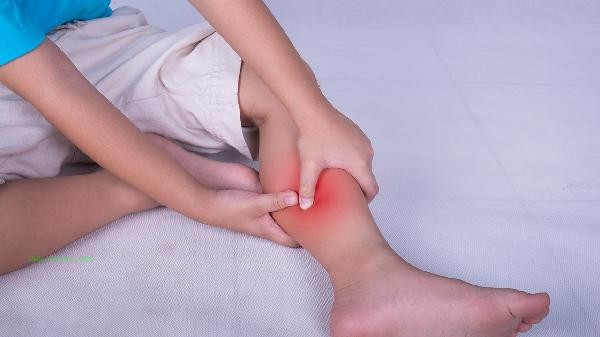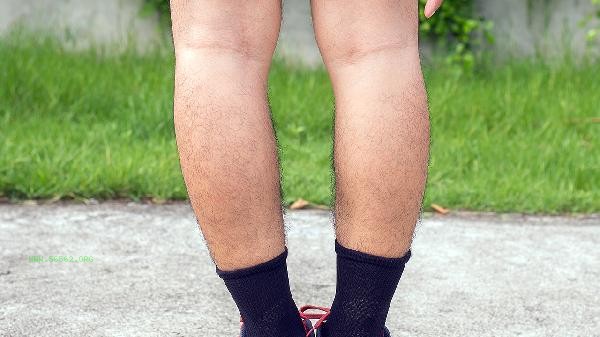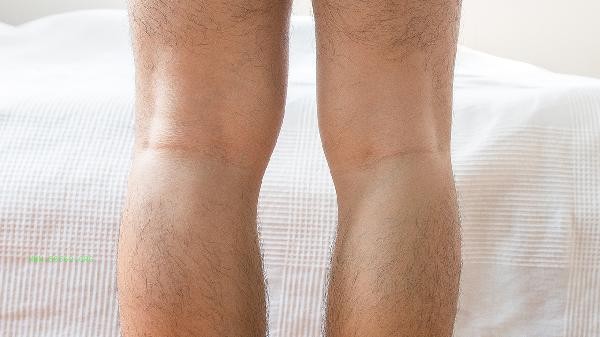Muscle contractures can be gradually restored to normal through stretching training, strength training, hot compress relaxation, physical therapy, and professional rehabilitation guidance. Muscle contracture is often caused by long-term poor posture, sports injuries, or neurological disorders leading to sustained contraction of muscle fibers. Targeted interventions are needed to improve muscle elasticity and function.

1. Stretching Training
Static stretching is the basic method for relieving contractures, with a focus on slowly and continuously pulling the contracted muscle group. For example, if there is a calf contraction, face the wall with both hands supporting the wall, extend the affected leg backwards and keep the heel on the ground, and repeat for 30 seconds multiple times. When stretching, avoid bouncing movements and aim for mild soreness. Daily practice can gradually increase muscle extensibility.
2. Strength training
strengthens antagonistic muscle groups to balance muscle tone and prevent worsening of contractures. When the muscles in the back of the thigh contract, it is necessary to strengthen the training of the quadriceps, using low load movements such as sitting posture, leg flexion and extension, or squatting against the wall. In the early stages of training, use elastic bands to assist and gradually transition to self weight training. Three times a week can improve joint range of motion.
3. Hot compress relaxation
Heat therapy can promote blood circulation in the contracted area. A hot towel at around 40 ℃ can be used for 15 minutes, or a far-infrared therapy device can be used for irradiation. After hot compress, combined with manual massage, the effect is better. Push along the muscle fibers from the distal end to the proximal end to help alleviate muscle fiber adhesion. However, this method is not recommended during acute inflammation.

4. Physical therapy
Ultrasonic therapy can penetrate 5 centimeters deep into tissues and release contracted myofascial muscles through mechanical vibration. Transcutaneous electrical nerve stimulation can block pain signals and alleviate protective muscle spasms. It is recommended to develop a treatment plan under the guidance of a rehabilitation physician, usually with 10 sessions per course, which can be combined with exercise therapy to improve effectiveness.
5. Professional Rehabilitation Guidance
Severe contractures require a customized plan after evaluation by a rehabilitation physician, which may include joint mobilization surgery, dynamic braces, or botulinum toxin injection. Neurogenic contracture requires the use of neurotrophic drugs, and patients with central nervous system injury need to undergo Bobath therapy. Regularly follow up to adjust the plan and avoid compensatory posture abnormalities.

It is important to maintain the correct posture in daily life and avoid staying in a single position for a long time. During work, move for 5 minutes every hour, and during sleep, use a pillow to support the contracted joint in a functional position. Increasing magnesium intake in the diet, such as dark green vegetables and nuts, can help reduce abnormal muscle contractions. If conservative treatment for 3 months is ineffective or accompanied by joint deformities, it is recommended to seek orthopedic treatment to evaluate the necessity of surgical release.








Comments (0)
Leave a Comment
No comments yet
Be the first to share your thoughts!